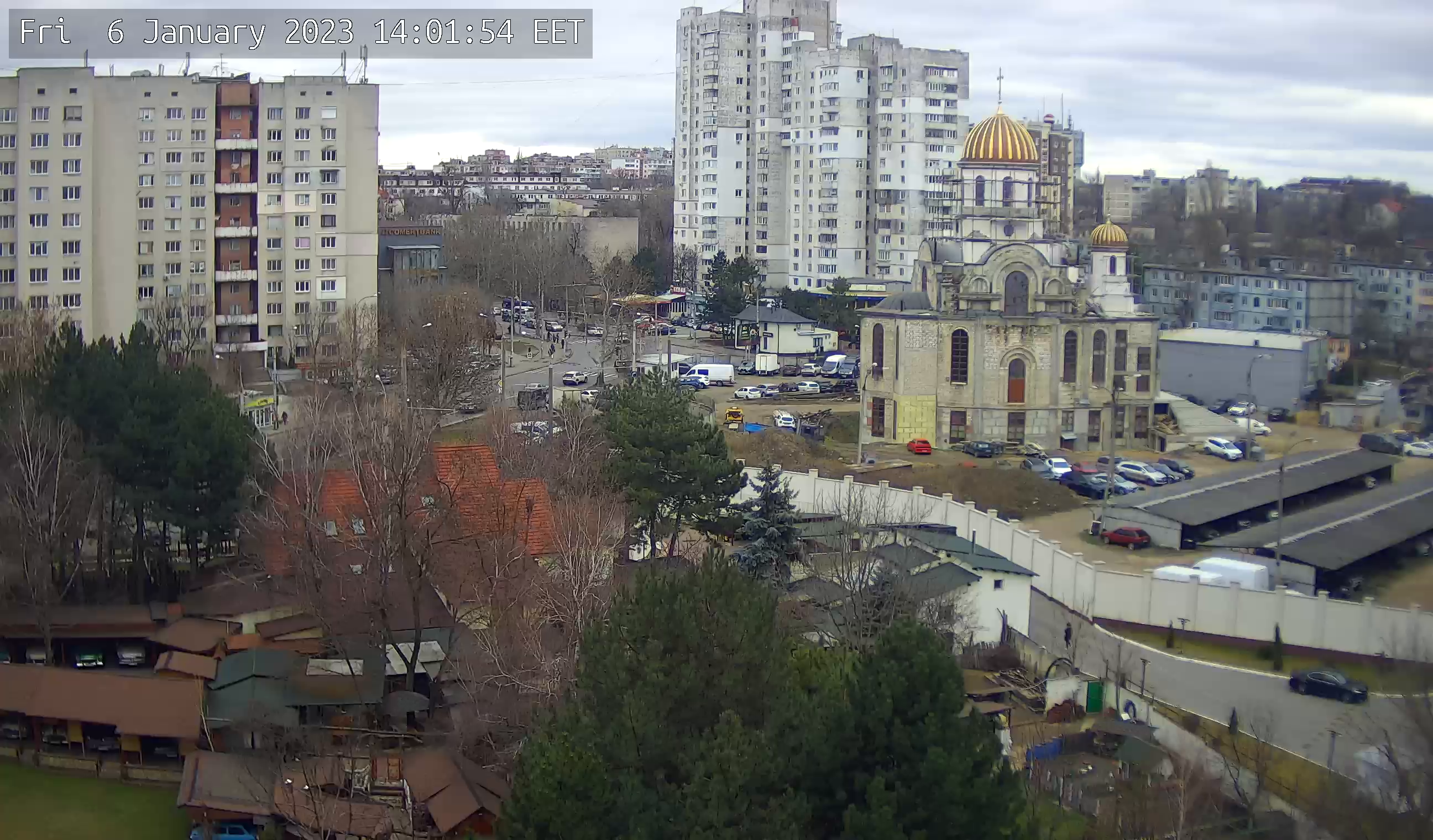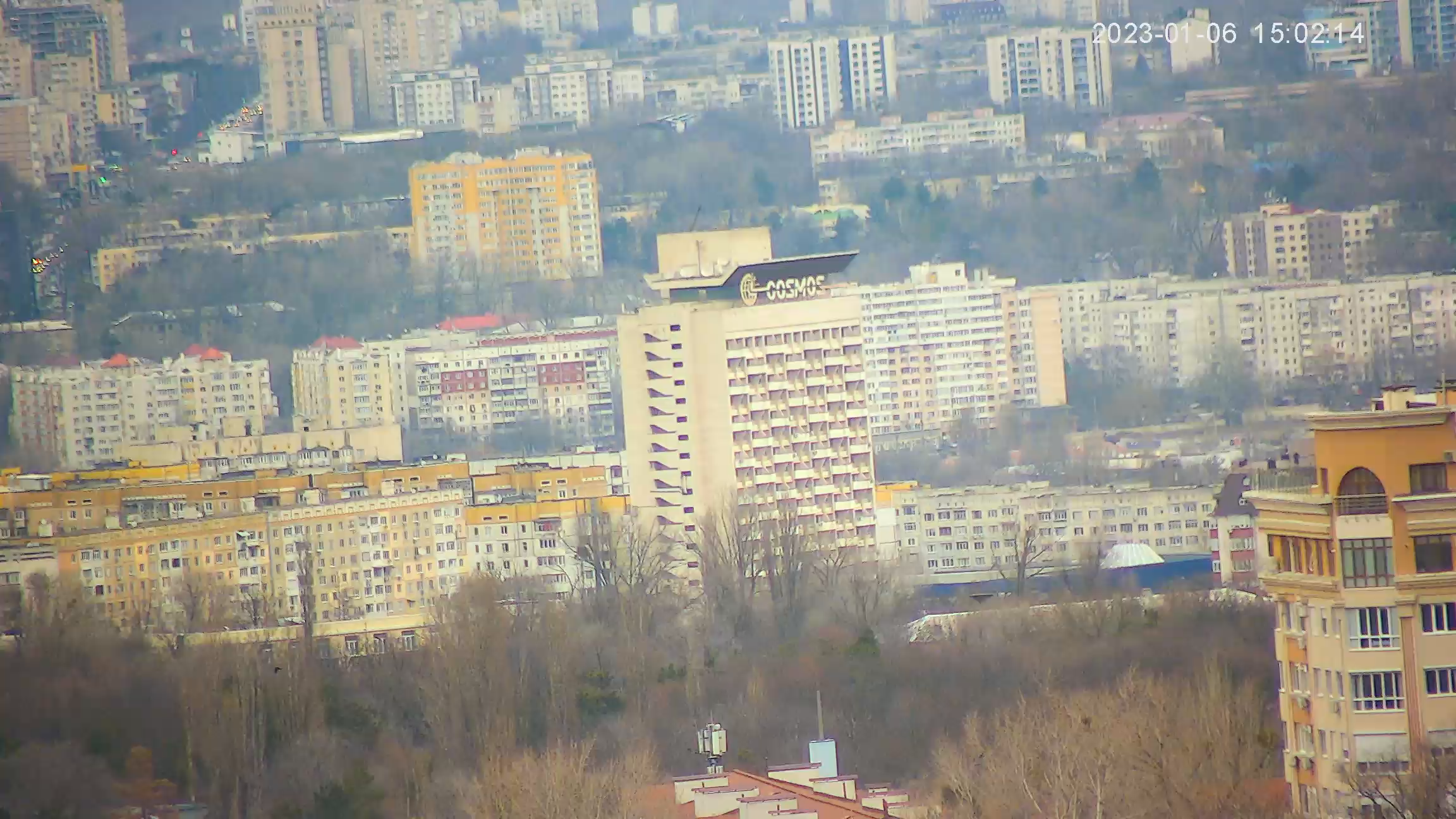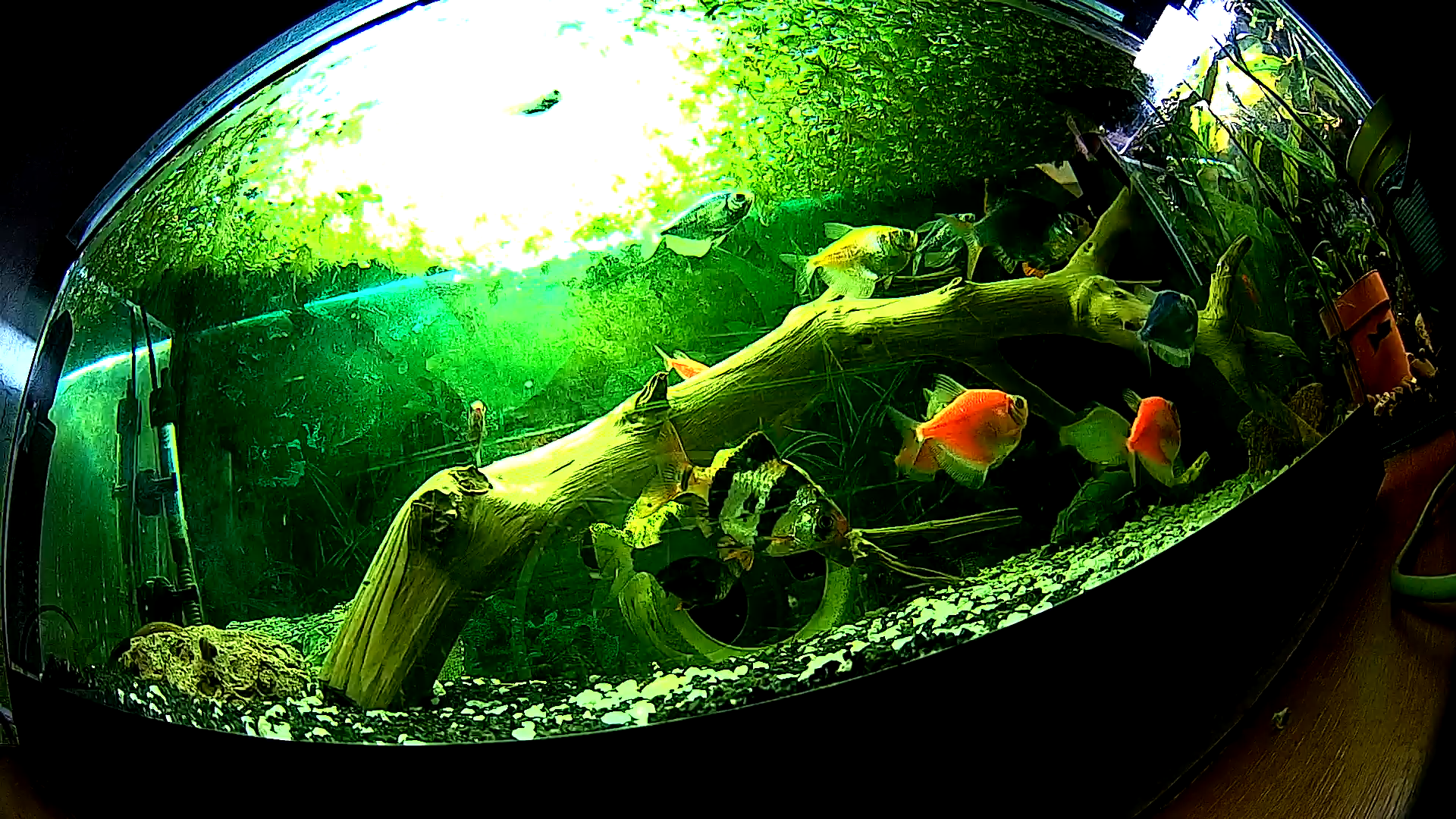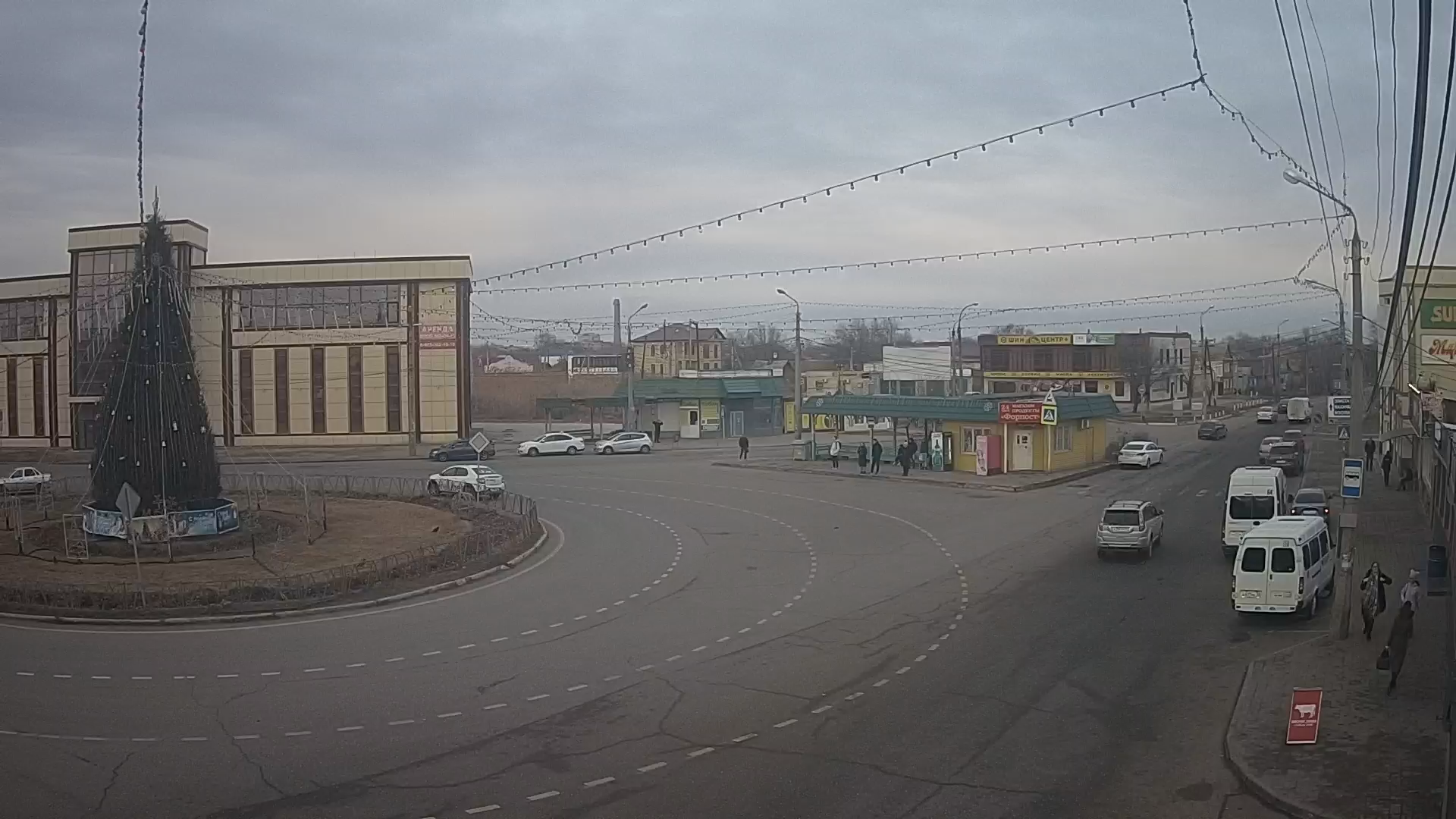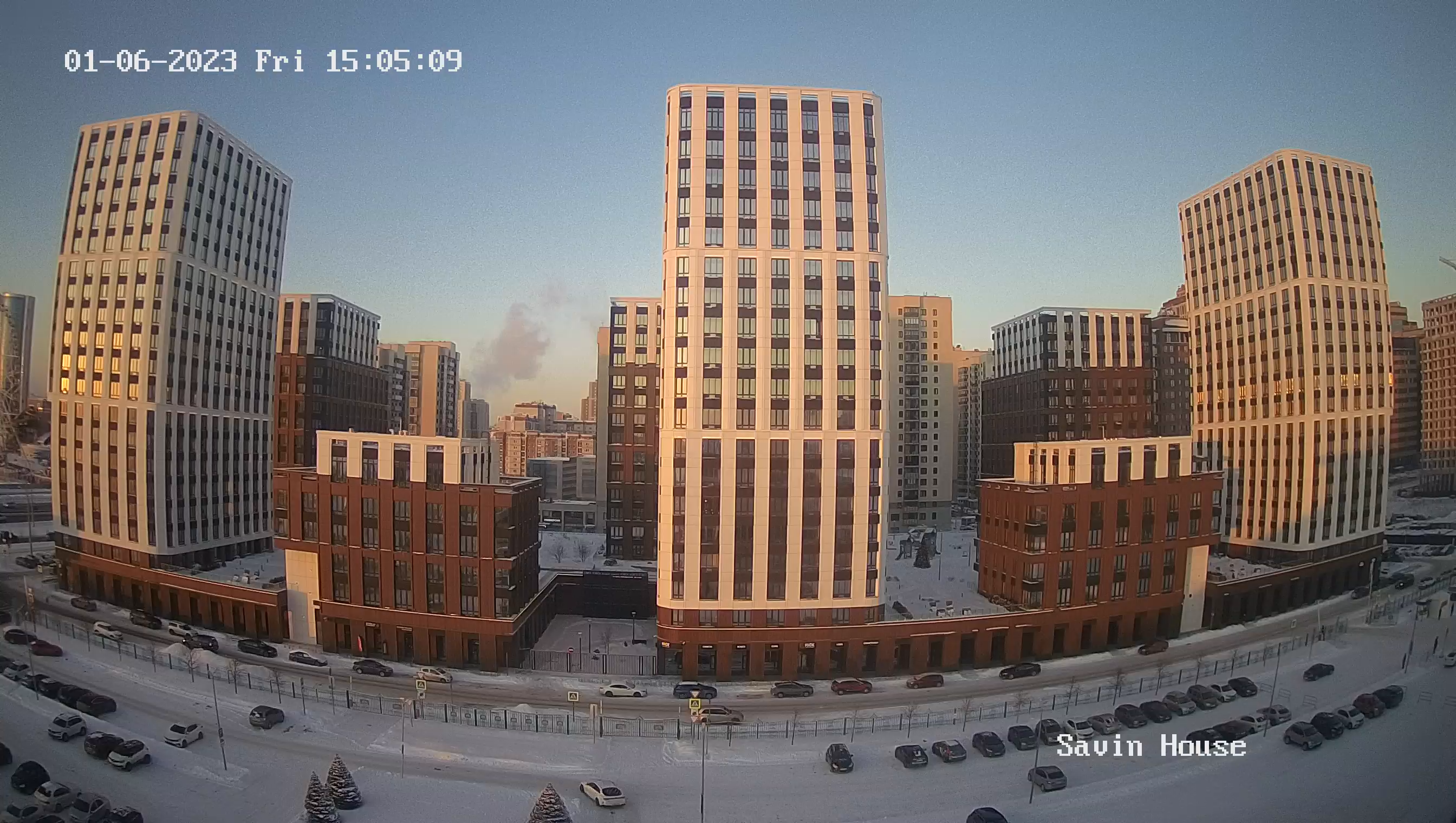Webcam Zamosc. Town Hall on Market Square
One of the pearls of Poland is the town of Zamość (Zamość), also called Zamość or Zamosc. It is a small village, built at the end of the 16th century in the Renaissance style for Jan Zamoyski. Its center is protected by the UNESCO World Organization and attracts tourists with architectural monuments, ancient temples and various cultural institutions.
Zamosc is part of the Lublin voivodship and lies on the road connecting Warsaw and Lviv, which are not more than 270 km and 110 km away respectively. Its area is 30.34 sq km, and the center is at a height of 212 m above sea level. The number of local residents is over 66 thousand people. Walking around the village, tourists feel as if they are plunged into a fairy tale and experience a sense of unreality of what is happening.
They are mesmerized by the numerous buildings, reminiscent of fairy tale, it seems that now the gates will open and the sound of the trumpet will enter the knights, which in their houses waiting for the beautiful ladies. The uniqueness of Zamosc is that it was built from scratch on uninhabited land. It was supposed to be a comfortable settlement with friendly and kind citizens.
The town was founded in 1580 for the great crown chancellor and hetman Jan Zamoyski, who was the right hand of King Stephen Bathory. The project was designed by the Italian architect Bernardo Morando, who chose the Renaissance style to build Zamosc. He decided to make a settlement in the shape of the human body, where:
the head is the residence of the resident Jan Zamoyski;
the heart - the town hall;
the lungs - the cathedral;
the stomach - the marketplace;
the spine - the main street;
arms and legs - fortifications.
Due to its Italian direction, the settlement was often called "Padua North". It was located in a strategically important place and belonged to the Russian province. Almost immediately foreign merchants, particularly Greeks and Armenians, began to settle there, forming a large community. They had equal rights with the rest of the inhabitants, had their own church and court, made beer, wine, and honey, and contributed to the prosperity of the city by bringing Eastern flavor to its architecture.

